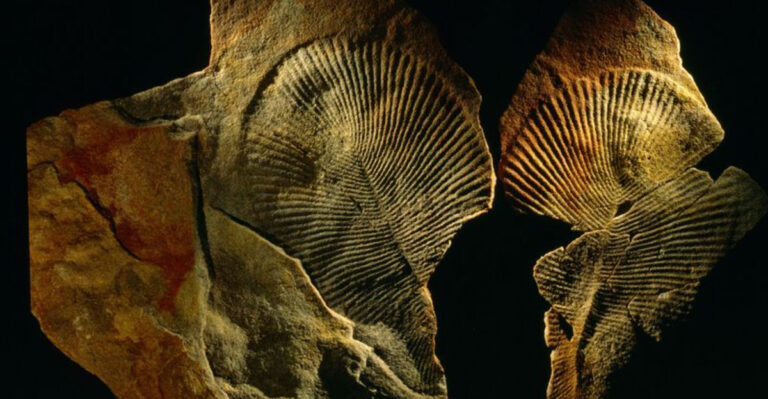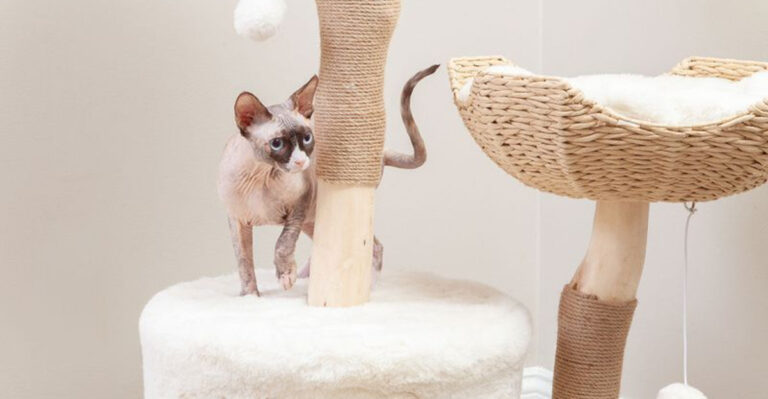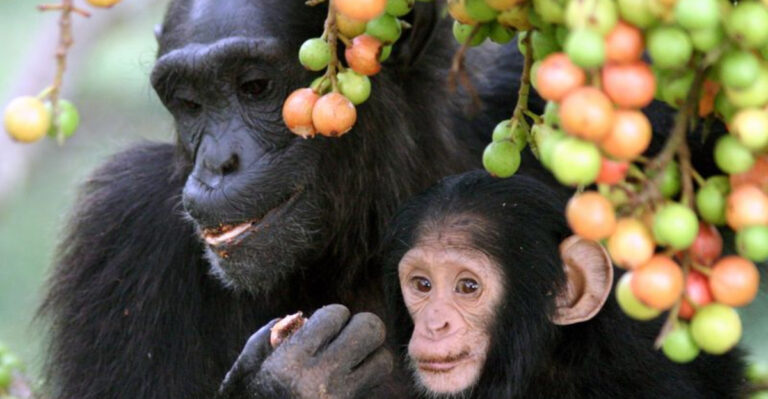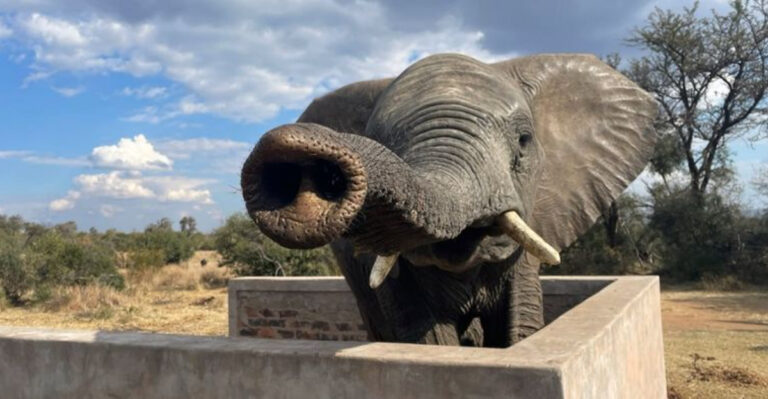12 Glowing Animals You Won’t Believe Exist
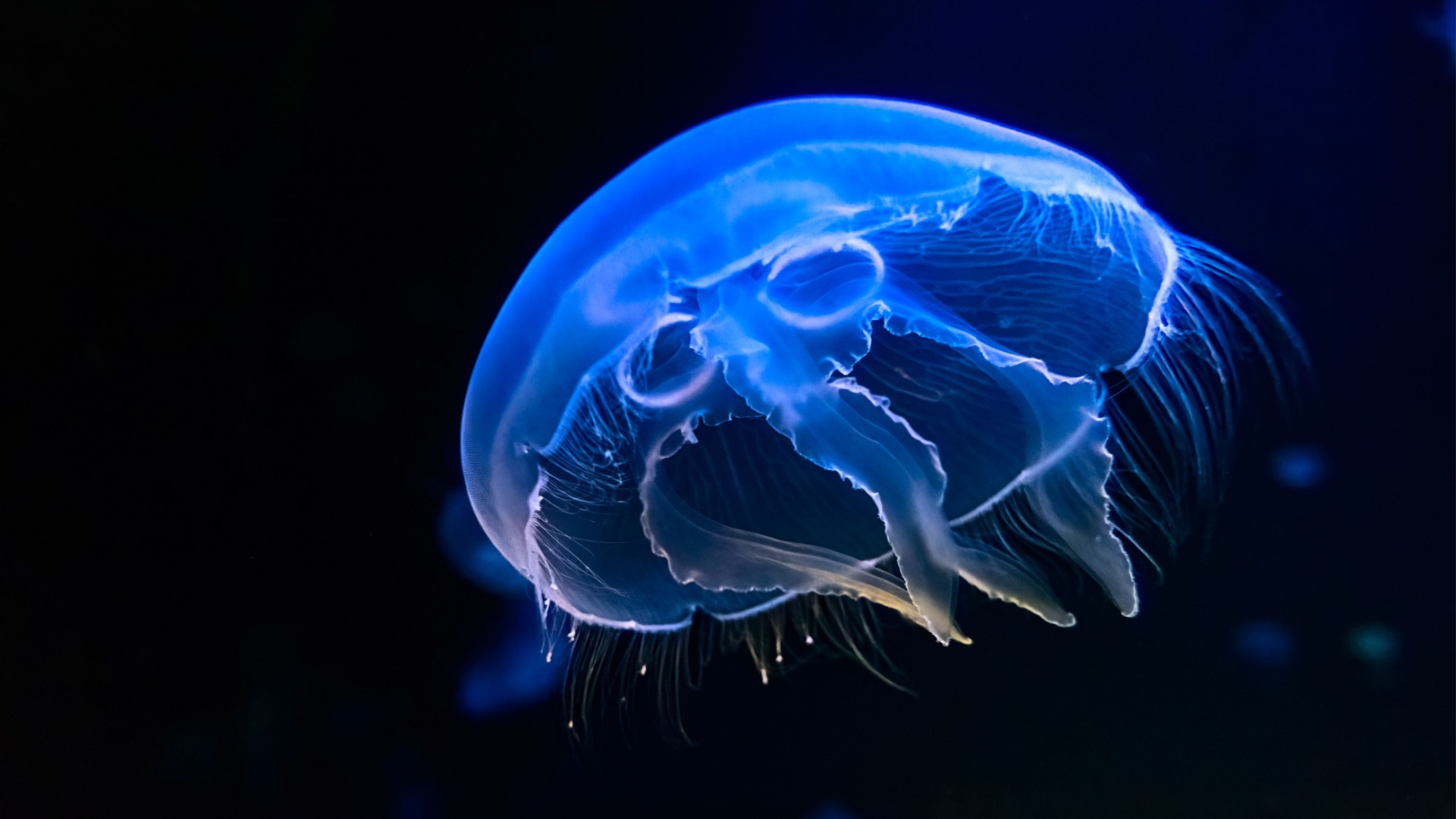
There are over a hundred mammals that can glow in the dark, of course with the difference between biofluorescence and bioluminescence.
The way these animals glow differs in both lighting and light generation. Bioluminescence happens inside the animals without the influence of external lights, whereas biofluorescencent animals need to absorb light to transform.
Let’s explore these beautiful animals and the unique ways they glow!
1. Firefly
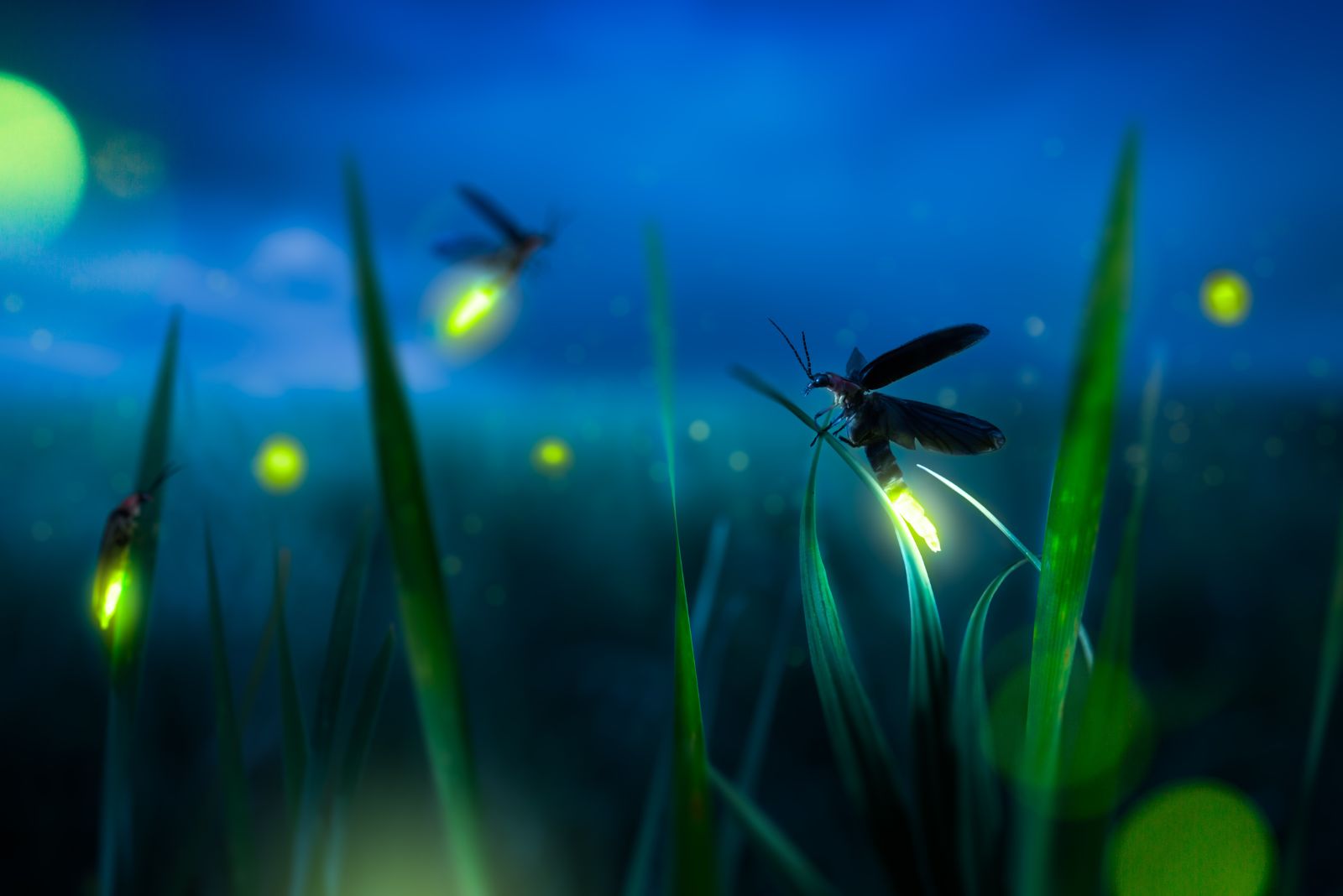
Credit: Shutterstock
Fireflies are like tiny nightlights flashing across summer skies. Oh, I used to love chasing them and always imagined they were tiny fairies, like in Peter Pan.
These little beetles are famous for their bioluminescent tails, which glow in yellow, green, or even blue shades, depending on the species.
They produce light through a chemical reaction involving luciferin, an enzyme that reacts with oxygen to give off that soft, glowing light. This glow isn’t just for show; fireflies use it to communicate with one another, especially to find mates.
In fact, each firefly species has its own unique pattern of flashes, making their communication a secret code of the night.
2. Anglerfish
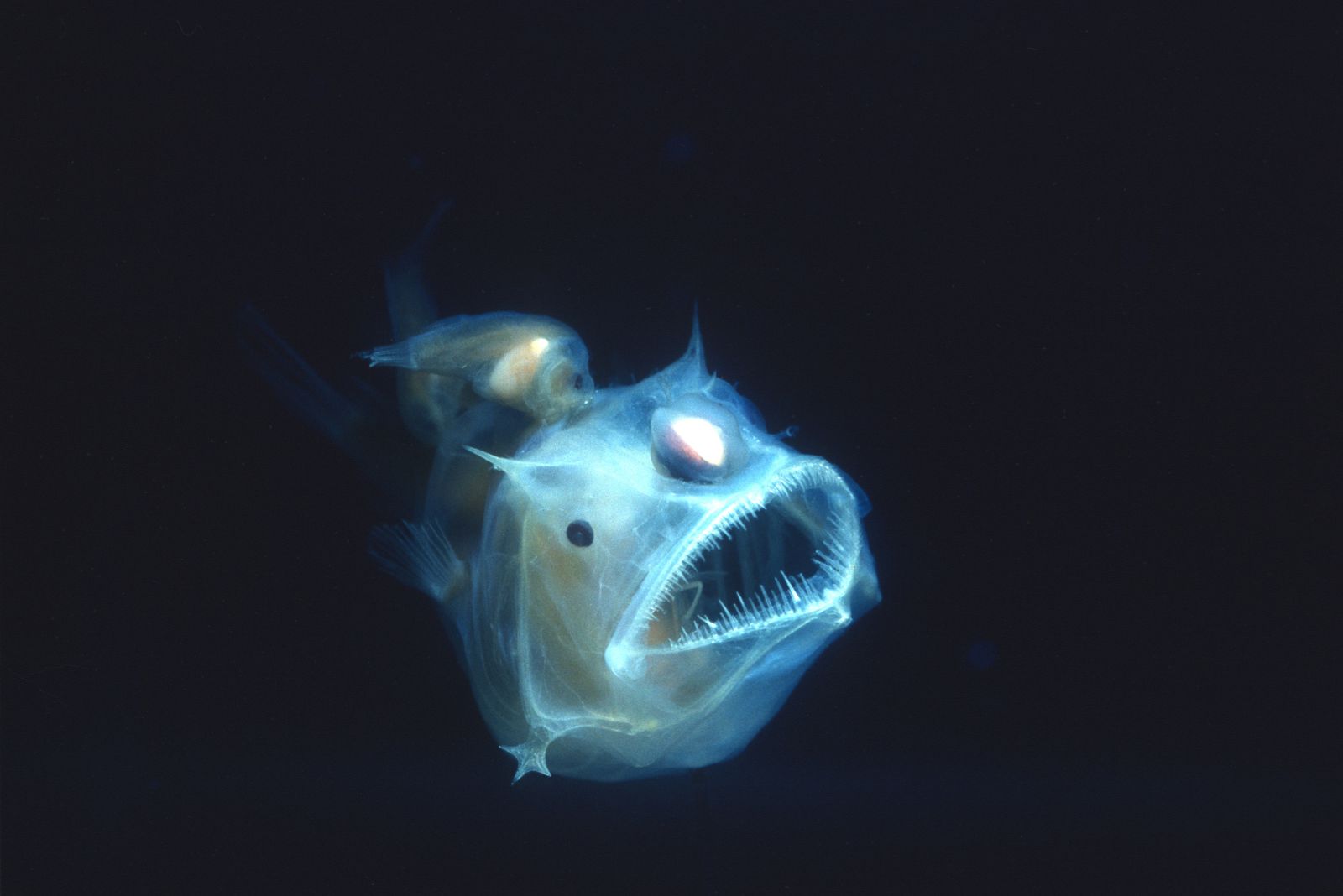
Credit: Shutterstock
Anglerfish live in the depths of the ocean where sunlight never reaches, but they don’t need the sun when they have their own built-in flashlights.
This odd-looking fish has a long, glowing lure on its head that acts like bait. The anglerfish’s lure glows thanks to the bioluminescent bacteria that live in it, helping it attract prey in the pitch-black waters.
When small fish or other creatures swim too close, the anglerfish opens its massive jaws and swallows them in one gulp.
Anglerfish are unique not only for their glow but also for how they’ve adapted to life in the deep sea. Their ability to generate light right on their bodies helps them survive in one of the darkest environments in the world.
3. Glowworm
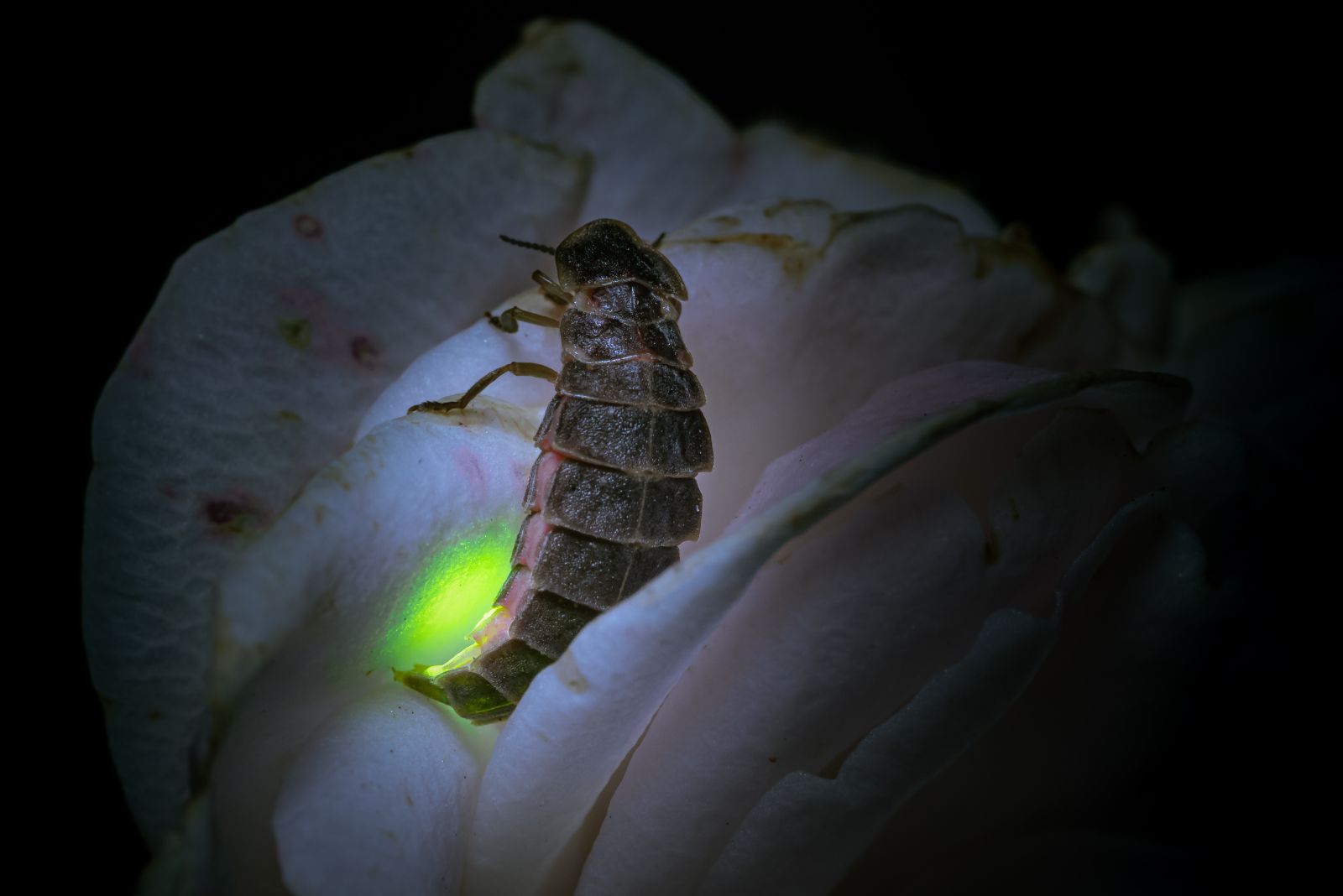
Credit: Shutterstock
Glowworms are another beautiful example of nature’s night lights. Found in caves and forests, these worms emit a cool blue or green glow that turns dark places into magical spots.
Glowworms create this light through a chemical reaction similar to that of fireflies. They use it to attract prey, like small insects, which become entangled in their sticky silk threads that usually hang down from the cave ceilings.
This glow-in-the-dark ability is not just a survival tool; it creates stunning visual displays that can be seen in famous locations like New Zealand’s Waitomo Caves.
When many glowworms are together, they produce a starry effect on cave ceilings, resembling the night sky. This ability to glow has turned them into a natural wonder that leaves visitors totally mesmerized.
4. Jellyfish
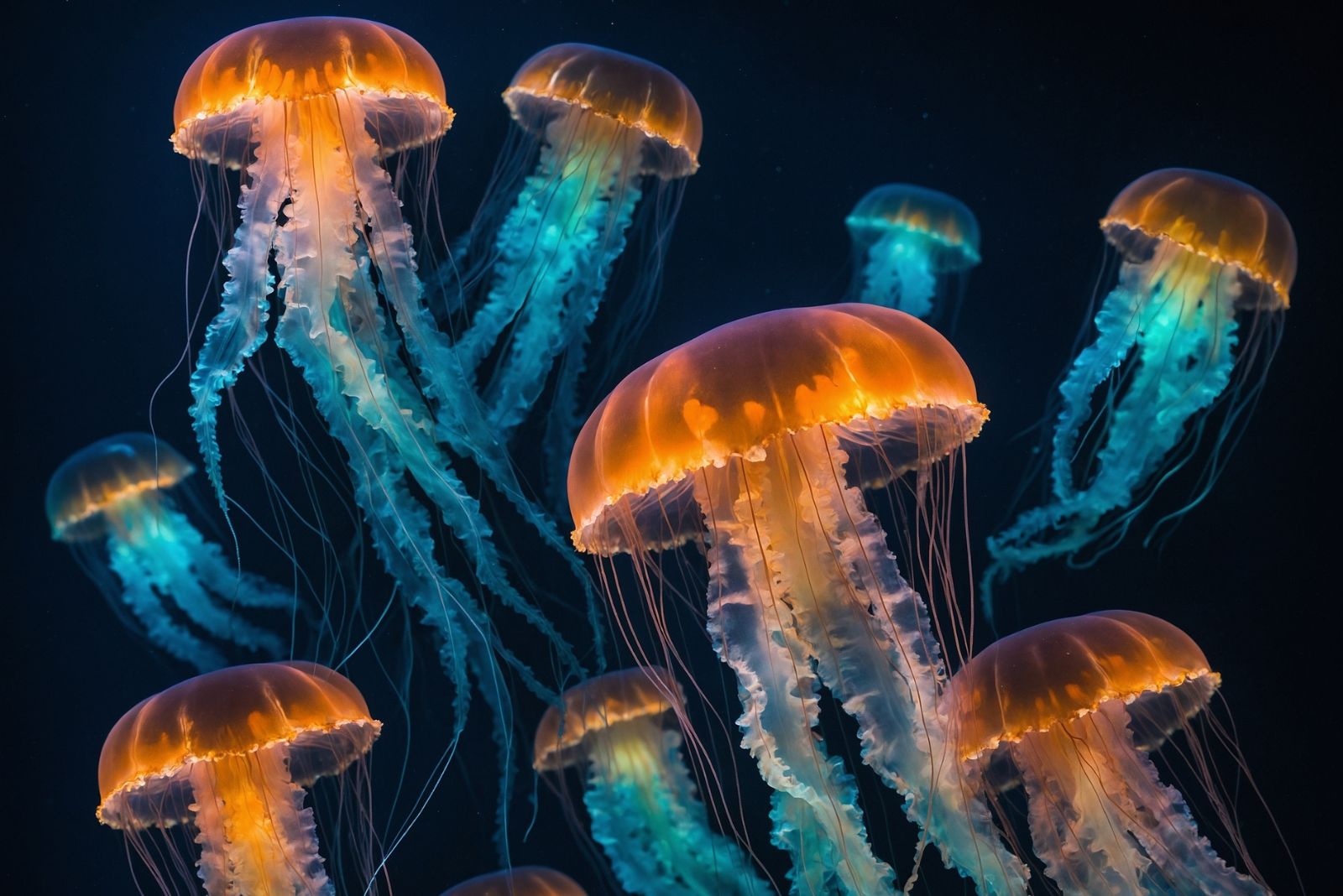
Credit: Shutterstock
Some jellyfish are like living neon signs drifting through the ocean. Species like the moon jellyfish and crystal jellyfish glow with an almost magical beauty in dark waters.
For example, the crystal jellyfish is famous for its unique green fluorescent protein (GFP), which glows in response to blue or ultraviolet light. This glow helps jellyfish defend themselves by confusing predators or signaling danger.
Scientists have found jellyfish bioluminescence fascinating and even groundbreaking. The discovery of GFP in jellyfish has become a vital tool in scientific research, helping scientists study cells in everything from disease research to genetics.
They’re not just pretty, but useful in science!
5. Motyxia Millipede
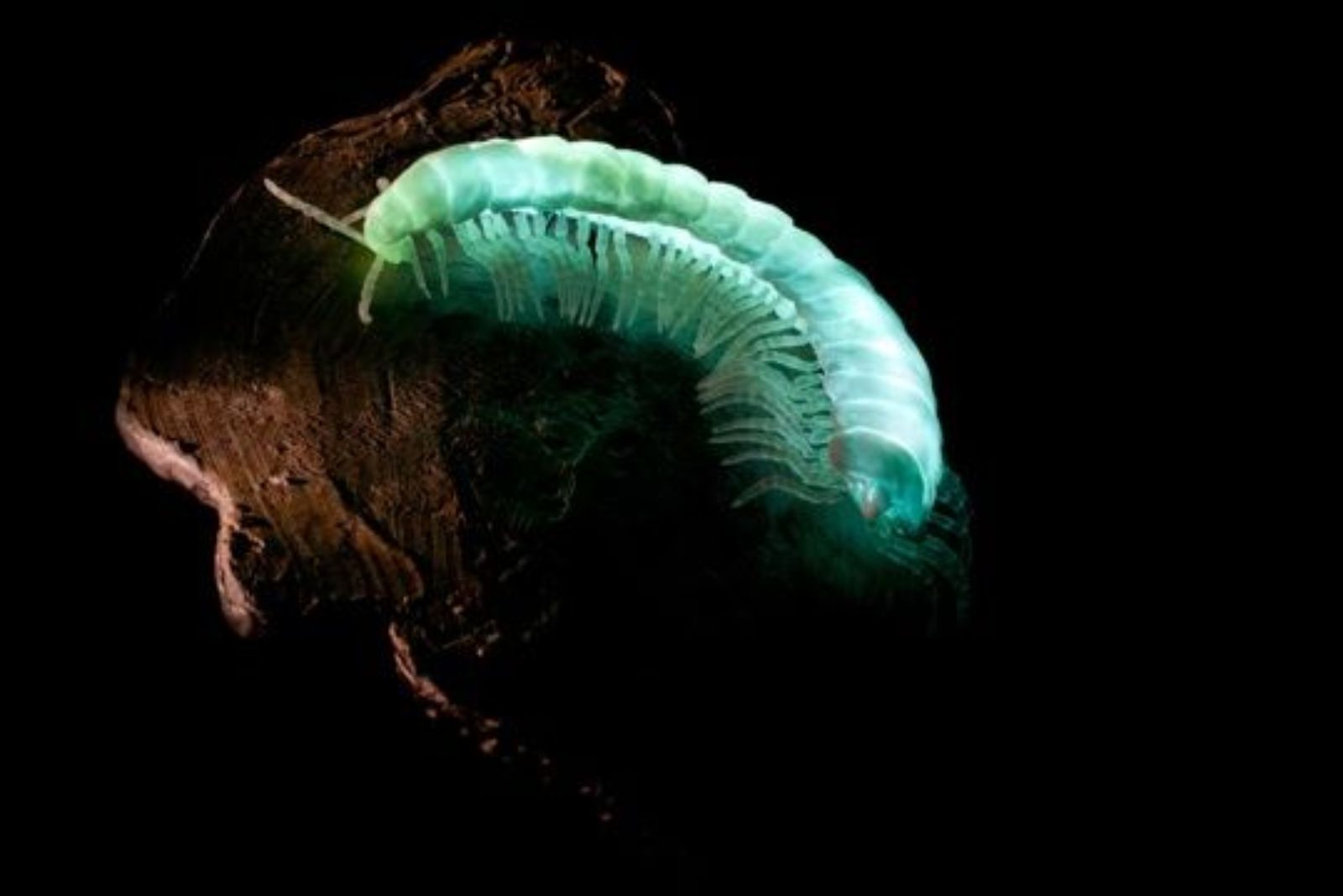
Credit: Shutterstock
The Motyxia millipede, found in California forests, is one of the few land-dwelling animals that glows in the dark. Unlike other glowing creatures that use bioluminescence for attraction or hunting, the Motyxia millipede’s glow acts as a warning to predators.
These millipedes emit a greenish-blue glow due to a chemical reaction within their bodies, signaling that they’re toxic and not a safe choice for a meal.
Interestingly, the glow in Motyxia millipedes is always present, whether it’s day or night. Scientists believe that this constant glow evolved as a survival tactic, warning animals like rodents and birds to stay away.
The Motyxia’s glow highlights how land creatures, much like those in the deep ocean, have developed bioluminescence as a survival tool, showing that even small, slow-moving animals can possess remarkable abilities.
6. Lanternfish
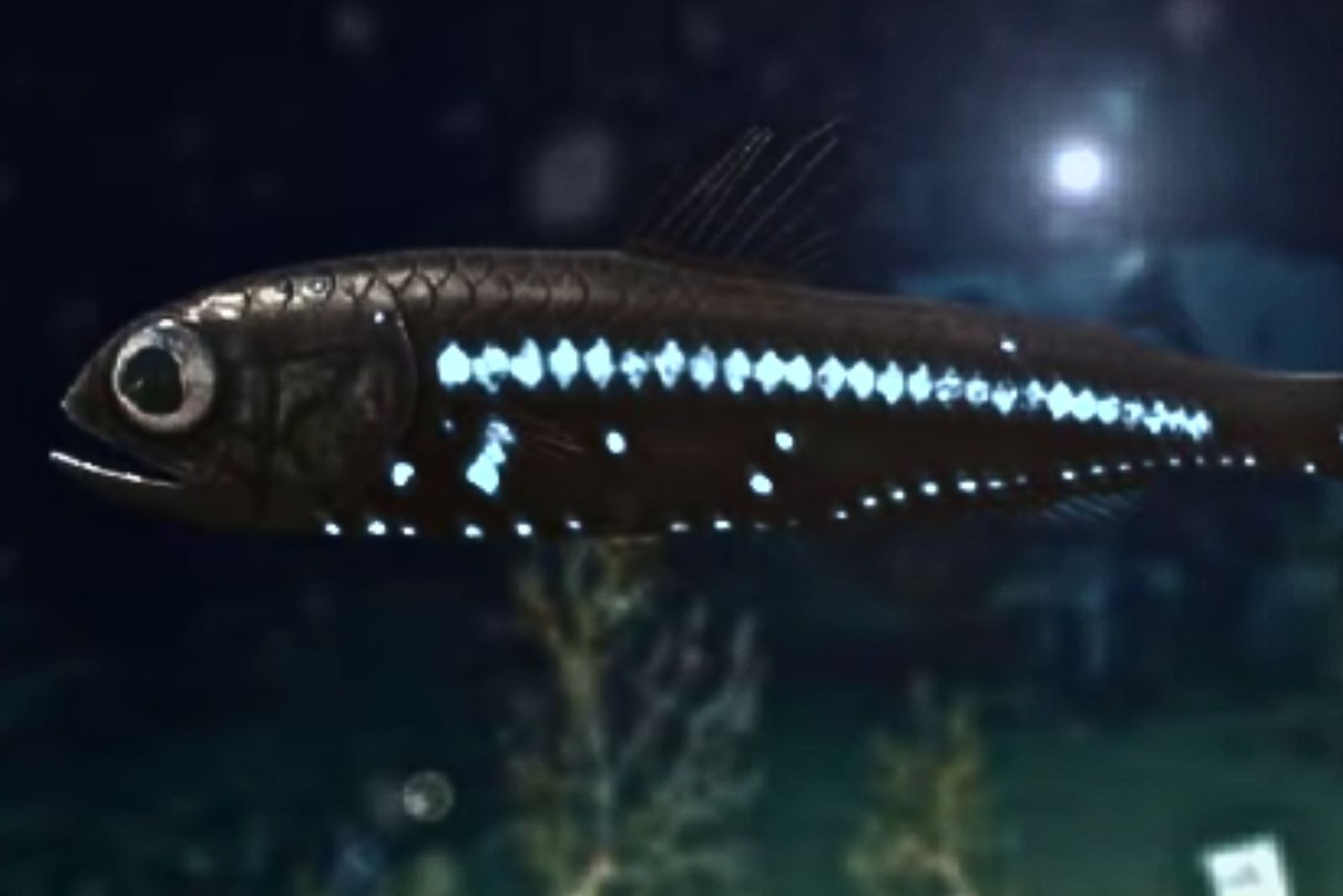
Credit: Shutterstock
Lanternfish, as their name suggests, are like tiny lanterns drifting in the deep ocean. These small fish have special organs called photophores along their bodies, which emit light in patterns unique to each species.
Their glow serves multiple purposes, from helping lanternfish identify one another to creating ‘counter-illumination’ that camouflages them from predators.
Lanternfish play a crucial role in the ocean’s food chain, migrating up to feed near the surface at night and retreating to the depths by day.
With their natural glow, lanternfish contribute to the mystery and wonder of life in the deep sea, showing how even the smallest creatures can light up the darkest waters.
7. Hawksbill Sea Turtle
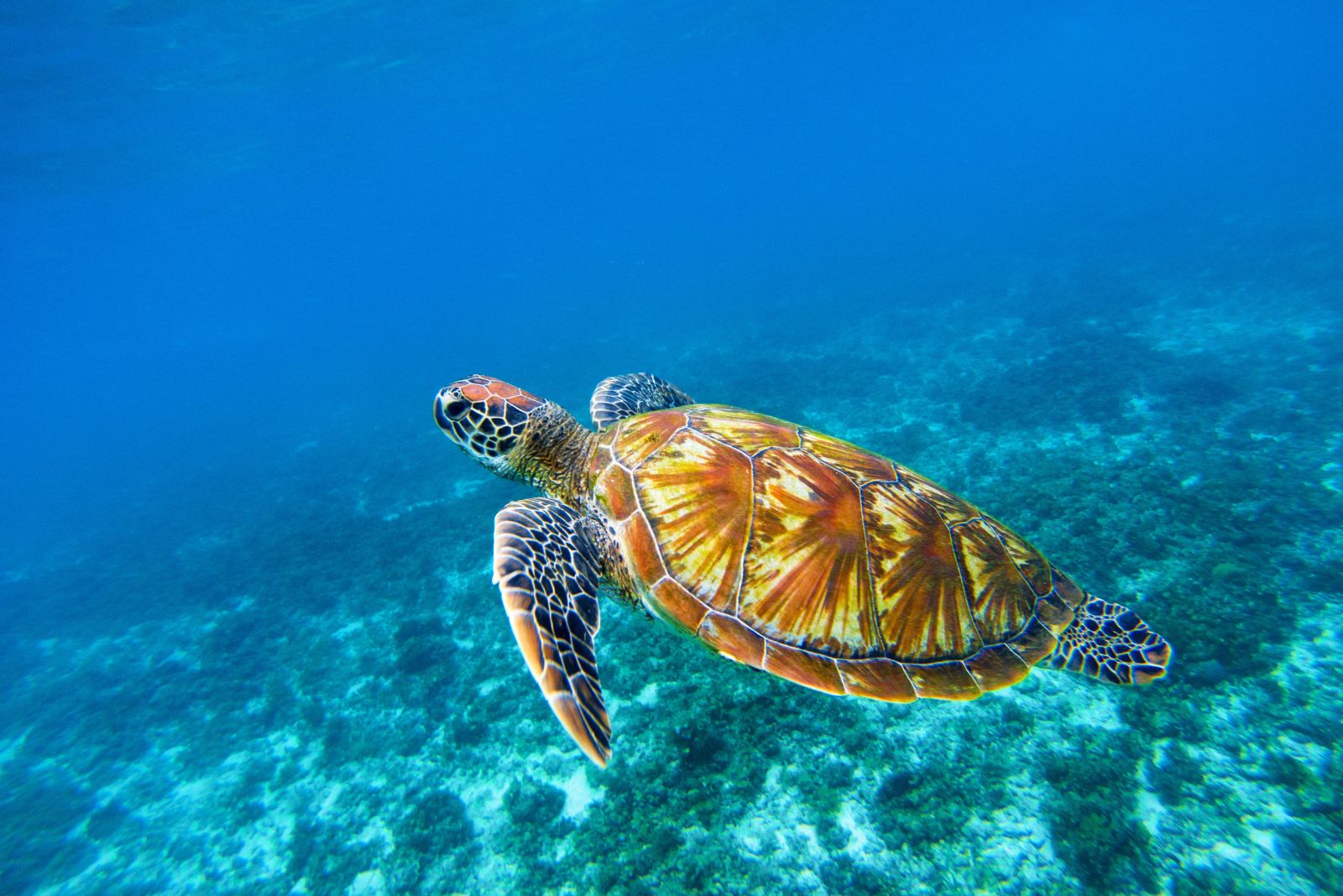
Credit: Shutterstock
The Hawksbill sea turtle is a rare example of a reptile with biofluorescent abilities. While they don’t naturally glow on their own, they can absorb blue light from the ocean and emit a red or green glow under specific conditions, like ultraviolet (UV) light.
This ability, discovered by scientists in 2015, makes the Hawksbill turtle one of the few marine reptiles known to display biofluorescence.
This glow may act as camouflage within colorful coral reefs or as a form of communication with other sea creatures, though scientists are still investigating its exact purpose.
The Hawksbill’s biofluorescence adds to the mystery surrounding these turtles and reveals just how intricate and surprising marine life can be, showing us there’s still so much to uncover about life beneath the waves.
8. Sea Snail
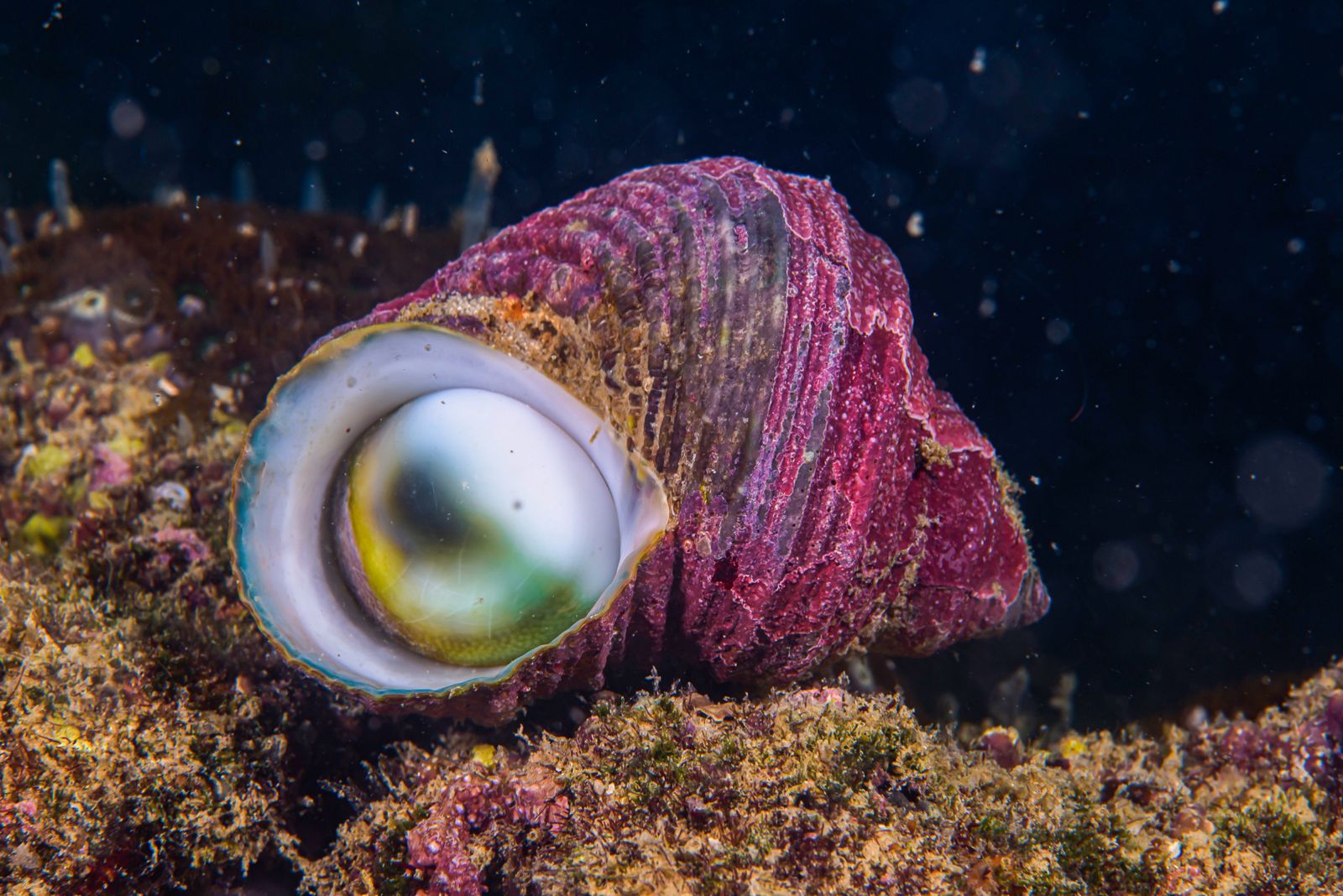
Credit: Shutterstock
Some sea snails, particularly those known as “clusterwink” snails, have a unique glow-in-the-dark defense. These snails use bioluminescence to produce a blue-green light from their shells when they feel threatened.
This light comes from photocytes, or light-producing cells, inside the shell, which they flash to confuse or scare off predators. It’s a natural survival tactic, creating a bright, glowing distraction that makes them appear larger and more intimidating.
What’s especially interesting about clusterwink snails is how they use their shells as mini ‘lanterns.’ The light bounces off the shell’s inner surface, making it appear as if the entire shell is glowing.
This kind of light show is rare among sea creatures, making the glowing sea snail a remarkable example of the creative ways marine life has adapted to stay safe in the wild.
9. Vampire Squid
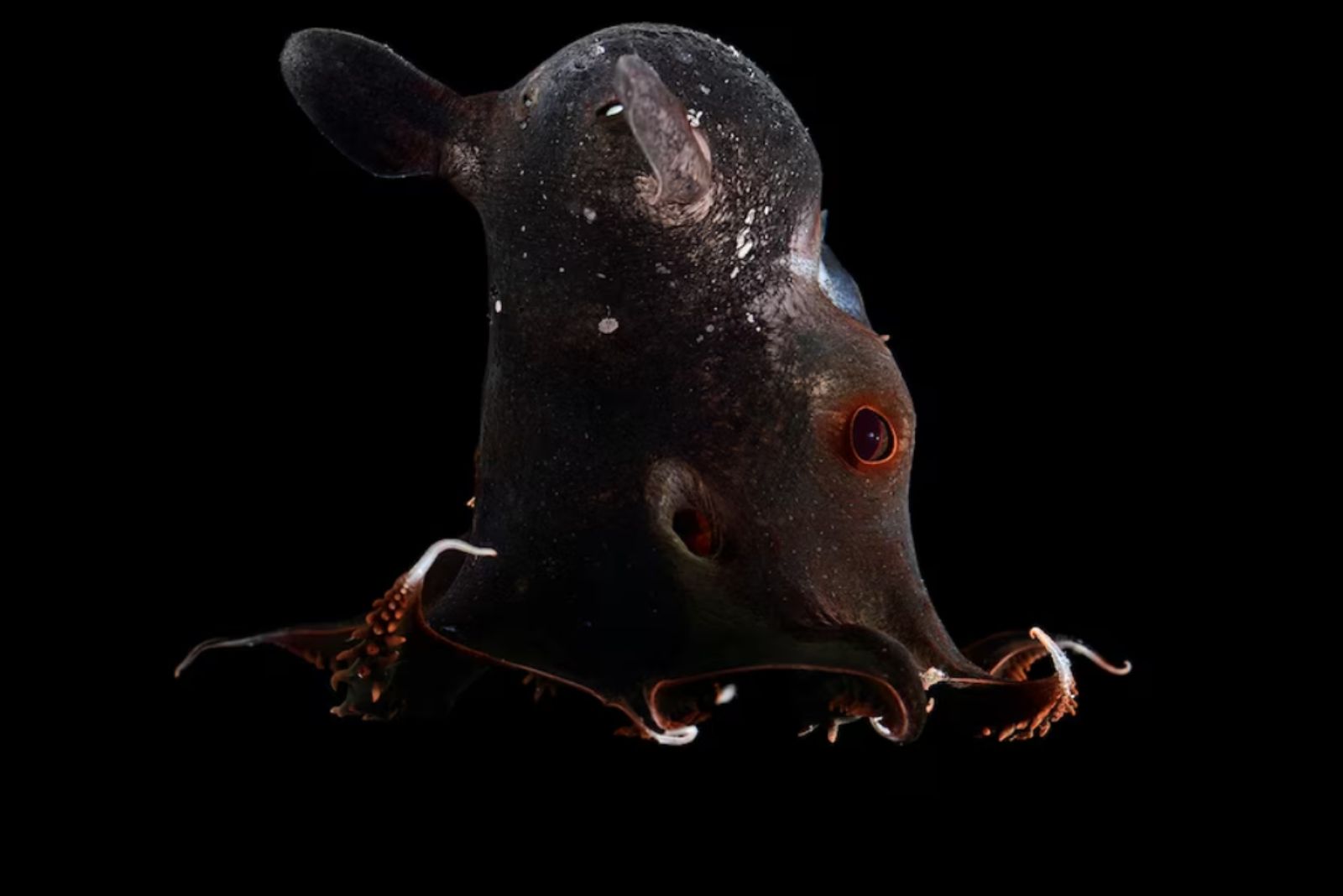
Credit: National Geographic
The vampire squid is one of the most fascinating creatures of the deep sea, known for its eerie glow in the dark. Unlike other glowing creatures, it doesn’t produce light to attract prey but rather to communicate or defend itself from predators.
Its bioluminescent light comes from special organs called photophores, which create a spooky blue light that makes it look otherworldly. This glowing ability helps the vampire squid blend into its dark surroundings and avoid danger in the pitch-black depths of the ocean.
10. Bioluminescent Plankton
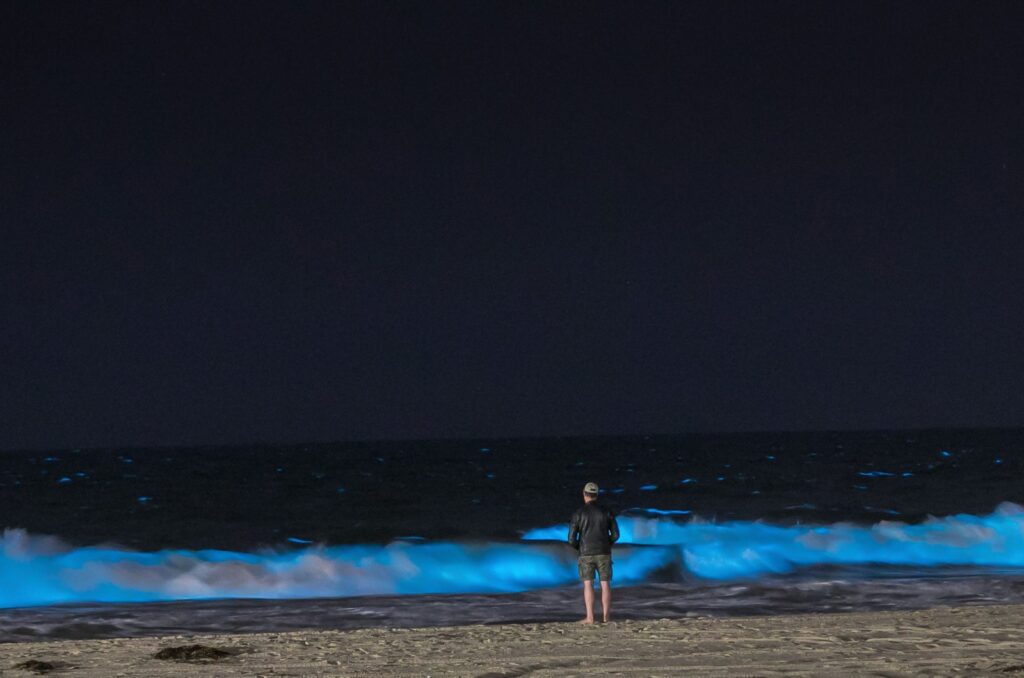
Credit: Shutterstock
Bioluminescent plankton are tiny organisms that light up the ocean with a magical blue glow when disturbed. This glowing effect, caused by a chemical reaction in their bodies, is a defense mechanism to confuse predators or attract mates.
When you swim through these plankton, they create a stunning trail of glowing sparks, almost like the ocean is sparkling around you. This beautiful natural light show can be seen in coastal waters around the world, making it one of nature’s most enchanting sights.
11. South American Polka-Dot Tree Frog
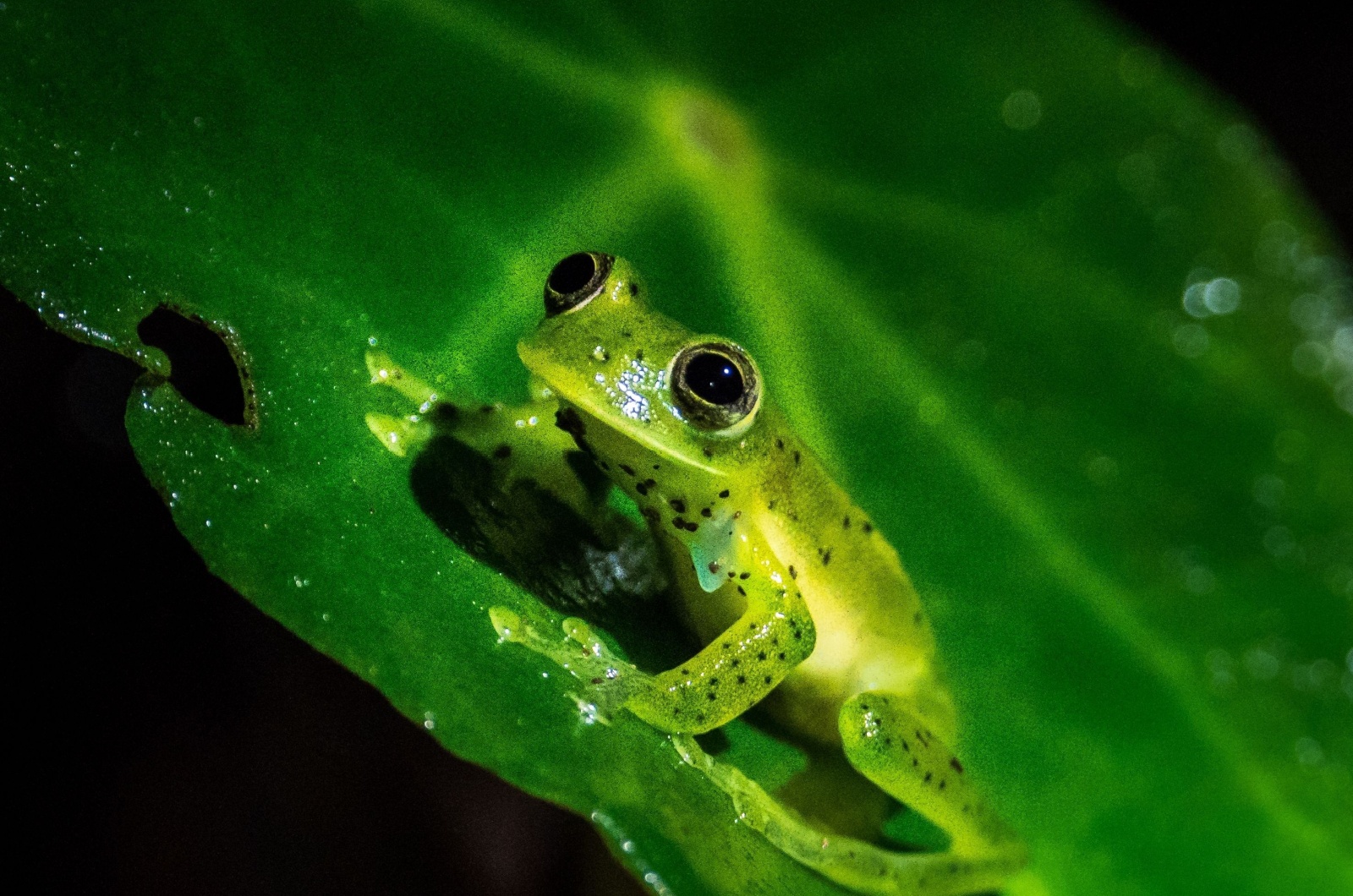
Credit: Shutterstock
Aside from their bioluminescent abilities, click beetles (Pyrophorus spp.) are famous for their unusual escape strategy, which involves a distinct “clicking” mechanism.
When threatened or flipped onto their backs, they can snap a special hinge-like structure between their head and thorax, creating a sudden, powerful “click” sound. This action launches the beetle into the air, sometimes flipping it multiple times before it lands upright.
This sudden and unpredictable movement helps them evade predators, making it difficult for birds, lizards, or other insect-eaters to catch them. The combination of bioluminescence and physical agility makes Pyrophorus click beetles an excellent example of evolutionary adaptation for survival.
Their bright green glow serves as a visual warning, while their clicking ability allows them to escape quickly if a predator ignores the warning. These traits contribute to their success in the wild and highlight their unique role in nocturnal ecosystems.
12. Click Beetles
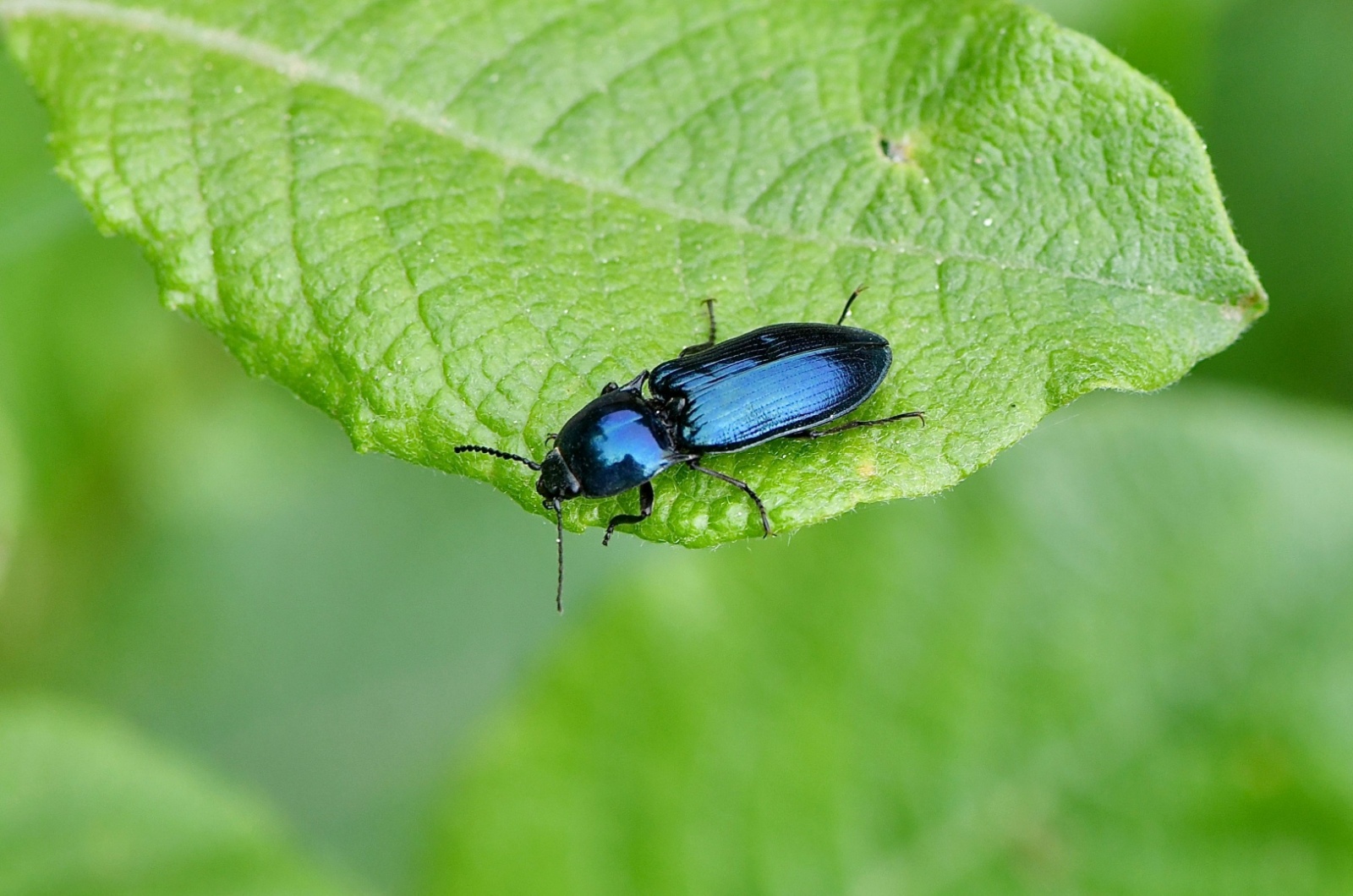
Credit: Shutterstock
Click beetles of the genus Pyrophorus are known for their striking bioluminescence, producing a bright green glow that serves as a defense mechanism against predators. These beetles possess light-emitting organs on their thorax and abdomen, which allow them to flash or maintain a steady glow in the darkness.
This glowing effect is believed to function as a warning signal, similar to how fireflies use bioluminescence to deter potential threats.
Predators often associate glowing organisms with toxicity or an unpleasant taste, making them think twice before attempting to eat a click beetle.
Some species of Pyrophorus can control the intensity of their glow, allowing them to adapt their bioluminescent signals based on their environment. This ability is especially useful in their native tropical and subtropical regions, where they thrive in warm, humid habitats.
Their bioluminescent properties have also fascinated scientists, leading to studies on their potential applications in biotechnology and medical research.

